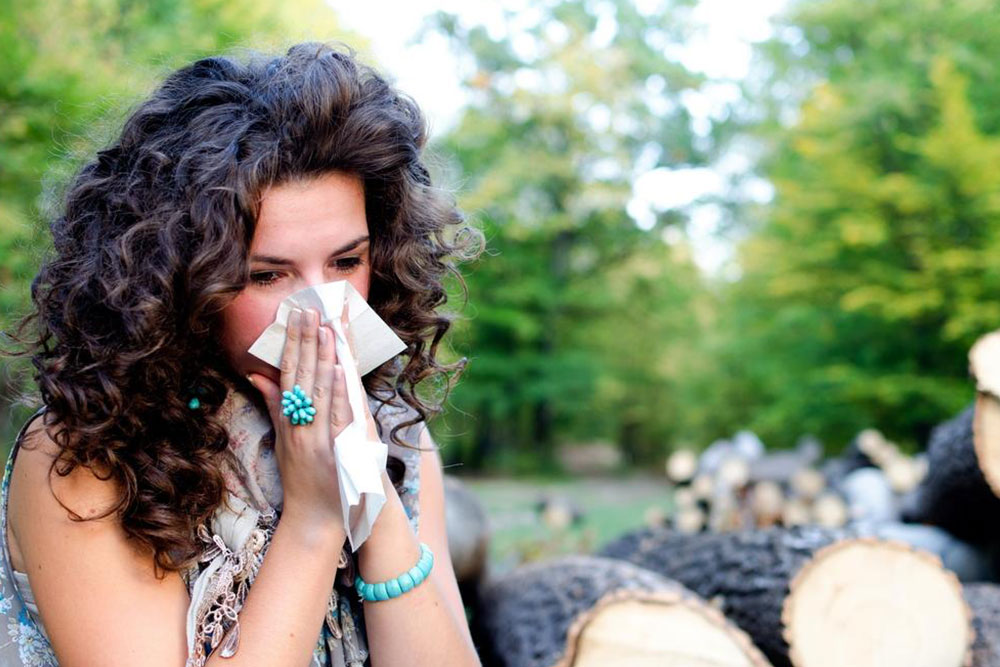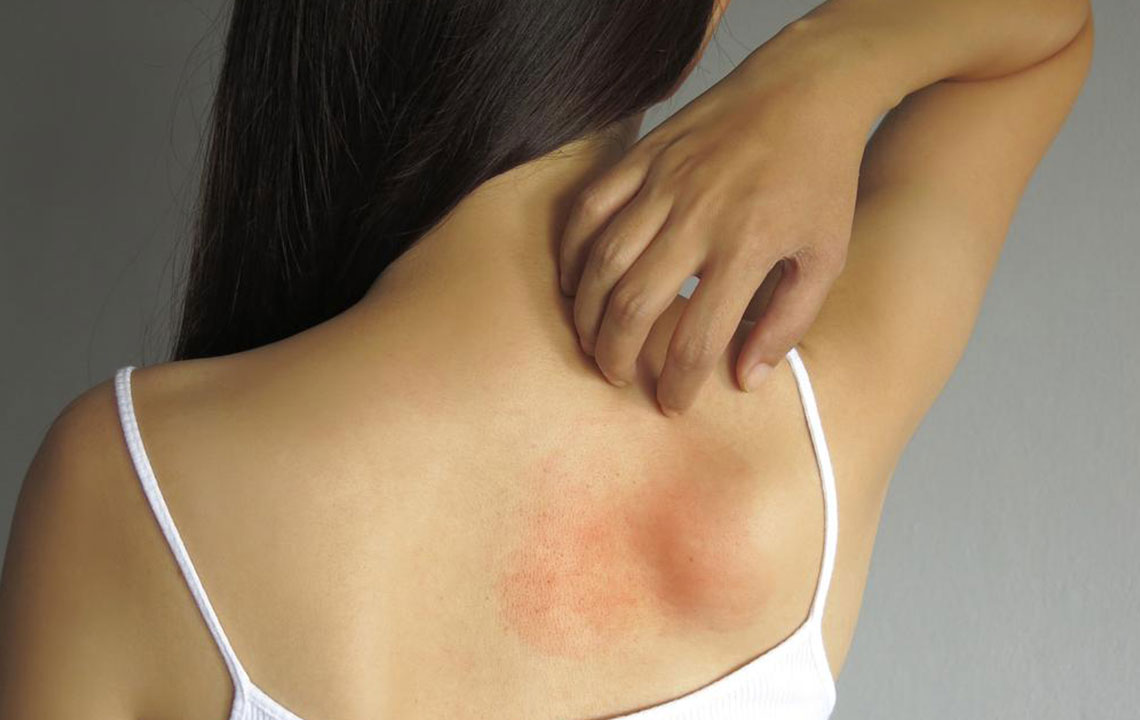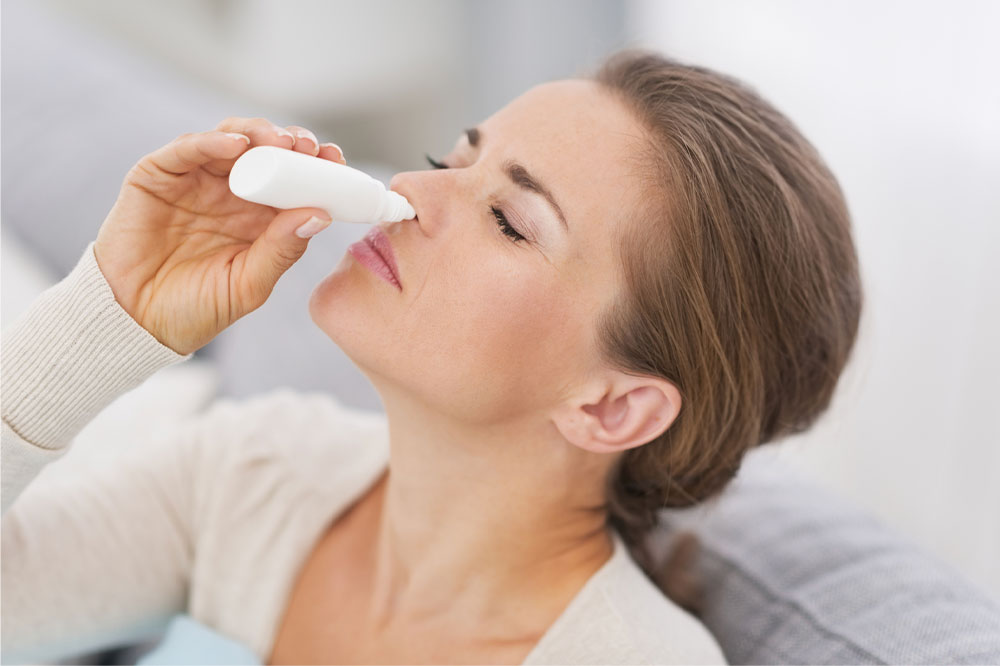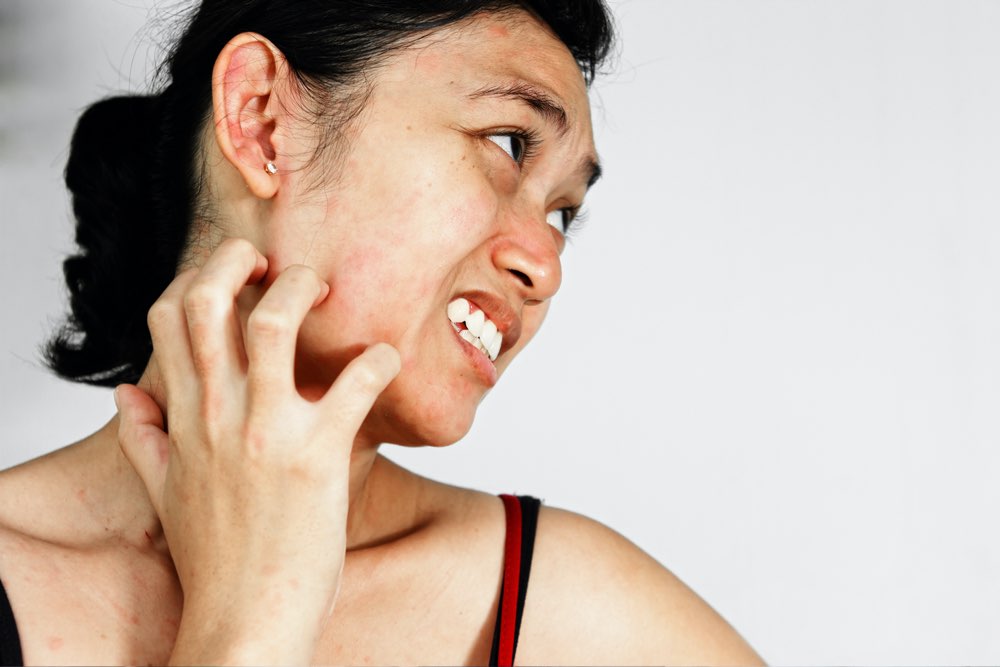Comprehensive Guide to Managing and Alleviating Autumn Allergies Effectively
This comprehensive guide offers effective strategies for managing autumn allergies. From recognizing symptoms to practical prevention measures like using dehumidifiers, maintaining cleanliness, monitoring pollen levels, and choosing appropriate medications, the article helps allergy sufferers reduce exposure and alleviate symptoms. Implementing these tips can significantly improve comfort and health during the fall season, allowing individuals to enjoy the vibrant autumn scenery without the burden of allergy discomfort. Expert advice ensures a proactive approach to seasonal allergy relief.

Comprehensive Strategies for Managing and Alleviating Autumn Allergies
As the vibrant colors of fall paint the landscape, many individuals, especially children, find themselves facing an unwelcome hurdle—seasonal allergies that significantly impact daily life. Autumn allergy symptoms can range from mild discomfort to severe respiratory issues, making it essential to understand how to recognize, prevent, and manage these conditions effectively. With proper knowledge and proactive measures, sufferers can enjoy the beauty of fall without being hindered by allergy symptoms. In this extensive guide, we delve into the causes of autumn allergies, common symptoms, and scientifically-backed approaches to reduce allergen exposure and relieve symptoms.
Understanding Fall Allergy Symptoms
Seasonal allergies affect over 30 million Americans each year, many of whom experience heightened symptoms during autumn. Among the various allergens, hay fever, medically known as allergic rhinitis, causes the most concern during fall. Ragweed, a notorious culprit among the 17 different plant species responsible for hay fever, releases pollen that drifts into the air and triggers allergic reactions. Recognizing early symptoms can significantly improve treatment outcomes and quality of life.
Common autumn allergy symptoms include:
Sneezing episodes occurring frequently throughout the day
Persistent post-nasal drip leading to sore throat
Itchy, watery eyes accompanied by redness
Itchy nose, throat, and ears
Asthma exacerbations in sensitive individuals
Unrelenting fatigue and feelings of exhaustion
Blocked or congested nasal passages
Coughing, often worse at night or in the morning
Getting familiar with these symptoms allows individuals to take timely action, preventing the conditions from worsening and improving overall health during the season.
Effective management of fall allergies involves a combination of preventive measures and symptom relief strategies. Implementing these practices can vastly reduce exposure to airborne allergens and improve comfort during the fall months.
Practical Measures to Prevent and Manage Autumn Allergies
Utilize a dehumidifier: Autumn's increased humidity creates an optimal environment for mold proliferation and dust mite activity, both of which can worsen allergy symptoms. Running a dehumidifier reduces indoor humidity levels, typically below 50%, thereby limiting the growth of molds and dust mites and decreasing indoor allergen levels.
Maintain rigorous cleanliness: After outdoor excursions, thoroughly wash off pollen from skin and hair by taking a shower and changing into clean clothes. This simple step prevents pollen from spreading within the home. Additionally, vacuum carpets, upholstery, and curtains regularly using HEPA-filter vacuum cleaners to trap microscopic allergens effectively.
Monitor pollen forecasts and stay indoors: Keep an eye on daily pollen counts through weather apps or local news. On days when pollen levels soar, restrict outdoor activities, especially during early morning and late afternoon hours when pollen disperses most heavily. Delay outdoor chores or exercise until levels decline.
Limit outdoor clothing exposure: Avoid hanging laundry outside during high pollen seasons. Pollen can settle on fabrics, and bringing clothes inside can introduce allergens to indoor spaces. Use the dryer for laundry to prevent pollen deposition.
Administer over-the-counter antihistamines: Non-drowsy antihistamines such as loratadine or cetirizine can help control sneezing, itching, and runny nose. Consider starting medication a few days before the anticipated peak pollen periods and continue as directed by a healthcare provider.
Change and upgrade air filters regularly: Use hypoallergenic or HEPA air filters in your HVAC systems. Replacing filters every 1-3 months ensures maximum removal of airborne allergens, improving indoor air quality.
Use air conditioning with HEPA filtration during sleep: Running an air conditioner equipped with a HEPA filter at night decreases pollen and other airborne irritants in the bedroom, promoting better sleep and symptom relief.
Manage pet-related allergens: If you own pets, keep them out of bedrooms and off bedding. Pets can carry pollen on their fur, inadvertently bringing outdoor allergens into your sanctuary. Regular washing and grooming of pets also reduce allergen load.
By integrating these strategies into daily routines, allergy sufferers can significantly lessen their discomfort and enjoy the autumn season more fully. Staying vigilant and proactive is key in controlling symptoms and maintaining respiratory health during fall. Remember, consulting an allergist or healthcare professional for personalized treatment options can further enhance your ability to combat autumn allergies effectively.





